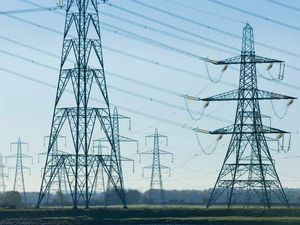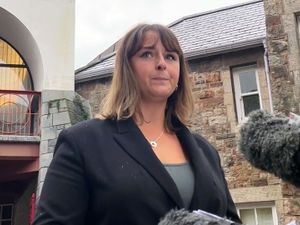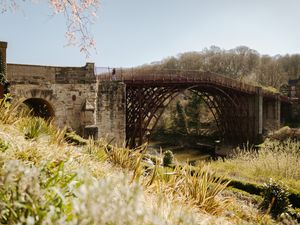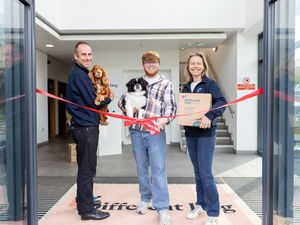9/11: Our memories of that fateful day
It is fitting that the war in Afghanistan has come to an end just before the 20th anniversary of 9/11. That deeply disturbing event precipitated the War on Terror, in which Blair and Bush were joined arm in arm.
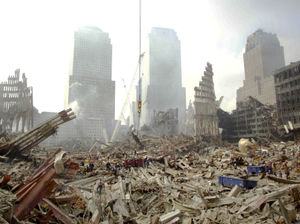
Four California-bound commercial airliners, were hijacked mid-flight by 19 al-Qaeda terrorists. The first plane to hit its target was American Airlines Flight 11. It was flown into the North Tower of the World Trade Center complex in Lower Manhattan at 8.46am. Seventeen minutes later at 9.03am, the World Trade Center’s South Tower was hit by United Airlines Flight 175.
Both 110-story towers collapsed within an hour and forty-two minutes, leading to the collapse of the other World Trade Center structures including 7 World Trade Center, and significantly damaging surrounding buildings.
Suspicion quickly fell onto al-Qaeda. The United States formally responded by launching the War on Terror and invading Afghanistan to depose the Taliban, which had not complied with U.S. demands to expel al-Qaeda from Afghanistan and extradite al-Qaeda leader Osama bin Laden.
The attacks resulted in 2,977 fatalities, over 25,000 injuries, and substantial long-term health consequences, in addition to at least $10 billion in infrastructure and property damage. It remains the deadliest terrorist attack in human history and the single deadliest incident for firefighters and law enforcement officers in the history of the United States, with 340 and 72 killed, respectively.
Former reporter Tracey Rous – then Tracey O’Sullivan – was present in New York when the Towers fell. She reported exclusively for the Express & Star and Shropshire Star and today reflects on the incident, on its 20th anniversary.
Our team of writers also look back at their memories of the worst terrorist atrocity in human history.
It wasn’t until hours after the World Trade Centre attack, as that first nightfall descended and acrid smoke hung heavy in the air with unimaginable tragedy, that I felt the enormity of it all spark a paralysing panic.
The kind of scenario you imagine is reserved for the doomsday blockbuster movies where there’s no way home and fear is all you will ever know again.
Sirens wailed across New York, bloodied survivors still wandered the streets, the shadows of mangled wreckage loomed large in the floodlights brought in to help the search for those still missing, planes were grounded and rumour and speculation of further attacks still ran rife. It felt like World War Three had started.
Maybe it was the first time that day you wanted to hope the worst was over, but instead it allowed the worst fears in and the entire city seemed to struggle to catch its breath.
I had only arrived in New York the night before 9/11 for a family wedding and was sitting with my cousin, the bride-to-be when the first plane hit the South Tower.
The Shropshire Star had called to see if I could file some copy on that incident and I was on the phone when the second plane hit the North Tower – it immediately dawned on everyone this was no tragic accident.
While that was a palpable shock, which hit again and again as the towers fell, that trauma prompted action. For my family, it was to track everyone down and make sure they were safe. I had two cousins who had left that morning for work in offices in Lower Manhattan.
For me, it helped to have a job to do to report on what was happening and also see what we could do to help.
With my cousin, we went as far as we could in her car as the city transport systems were shut down forcing people to flee the city on foot – bringing with us blankets, water, anything we could think of that might be needed.
As we met so many fleeing it was impossible to have really prepared to know what to do as true terror engulfed people. They were broken, distressed and confused and could not comprehend what had happened. It’s difficult now to remember what we said, what exactly we did but on that day and in the days that followed those involved wanted to tell their stories.
For some, it was a coping mechanism and for others, it was a way in which to search for those still unaccounted for in the haunting debris left behind when the World Trade Center Towers collapsed.
Images from 9/11 are seared into everyone’s memory, but among the most poignant are the walls of posters of missing persons which appeared in the days after the attack.

